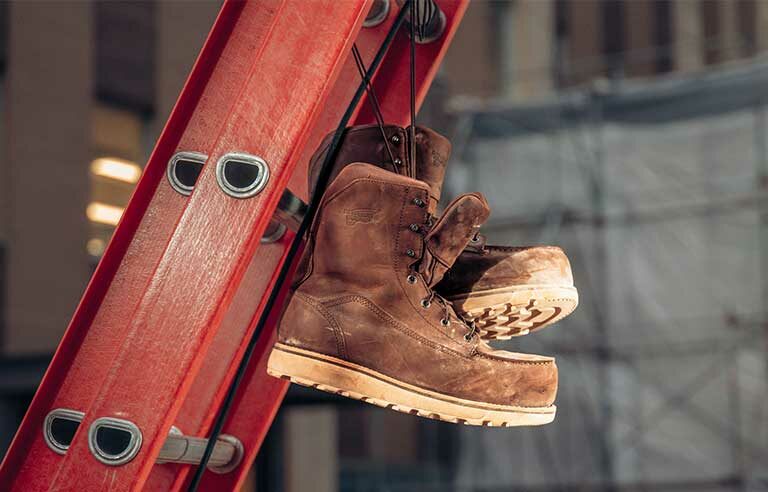Foot protection compliance
What are the biggest factors that affect compliance in foot protection?

Responding is Tito Warren, president of global industrial sales and operations, Red Wing Shoe Co., Red Wing, MN.
Safety standards for work boots are job-dependent, so achieving compliance with personal protective equipment protocols can be challenging. It’s essential for safety professionals to understand how to navigate hurdles and develop effective solutions for their workers.
From education and comfort, to fit, accessibility and accountability, many factors affect compliance in foot protection. Outlined here are key elements to consider.
Understand the risks
To influence compliance, safety managers must first understand the risks and the role of foot protection in mitigation. Safety footwear must meet ASTM and OSHA standards. With the breadth of safety footwear options available, safety pros should work with their PPE provider on a foot safety hazard assessment to discuss the specific hazards that workers may encounter to provide adequate foot protection.
Education
Once the risks are understood, safety pros should invest in comprehensive training programs that educate workers about the specific foot hazards on the jobsite and the importance of wearing appropriate PPE at all times. By increasing hazard awareness, employers can promote a culture of safety where compliance with foot protection protocols becomes second nature.
Fit and accessibility
One of the primary reasons for noncompliance with foot protection is discomfort caused by poor-fitting or uncomfortable PPE. Safety shoes or boots that pinch, rub or cause blisters can discourage workers from wearing them consistently. To address this, safety pros should prioritize selecting PPE that provides both sufficient protection and comfort, including a range of sizes and styles for both men and women.
Additionally, ease of attaining appropriate footwear can affect compliance rates. If workers don’t have easy access to the necessary PPE or if there are delays in replacing worn-out or damaged footwear, the temptation to forgo wearing proper footwear can increase. Safety pros should ensure adequate foot protection is readily available and that replacement procedures are put into place, including working with providers who offer the option to purchase in a retail store, online or onsite at a mobile shoe store.
Accountability and enforcement
Consistent enforcement of safety policies and procedures is essential for ensuring compliance with foot protection requirements. If workers aren’t held accountable for noncompliance or if enforcement is sporadic, they may be less motivated to wear the necessary PPE. Clear expectations regarding foot protection should be established and mechanisms for monitoring and enforcing compliance can be implemented – including conducting regular inspections, providing feedback and corrective action when necessary, and implementing disciplinary measures.
Safety pros can also opt for programs that offer vouchers tailored to specific roles that restrict certain product purchases, ensuring they meet job-specific compliance standards.
Summary
All in all, achieving compliance with foot protection protocols requires a multifaceted approach that addresses various factors influencing worker behavior. By prioritizing comfort and fit, increasing hazard awareness, enforcing policies consistently, and ensuring accessibility and availability of PPE, safety pros can help mitigate foot-related injuries and create safer workplaces for all employees.
Editor's note: This article represents the independent views of the author and should not be considered a National Safety Council endorsement.
Post a comment to this article
Safety+Health welcomes comments that promote respectful dialogue. Please stay on topic. Comments that contain personal attacks, profanity or abusive language – or those aggressively promoting products or services – will be removed. We reserve the right to determine which comments violate our comment policy. (Anonymous comments are welcome; merely skip the “name” field in the comment box. An email address is required but will not be included with your comment.)

